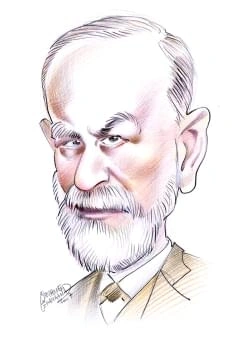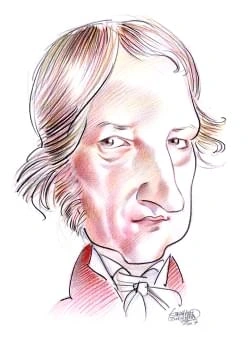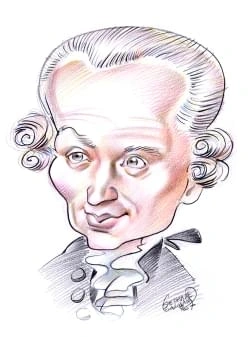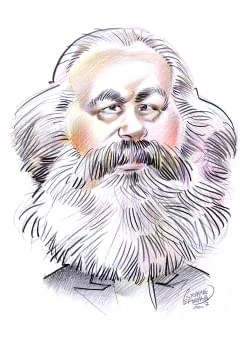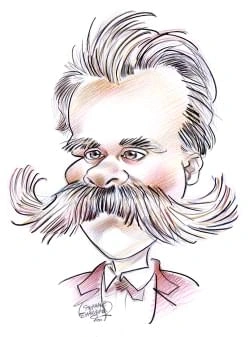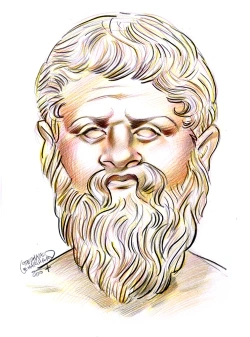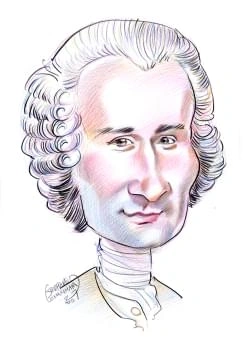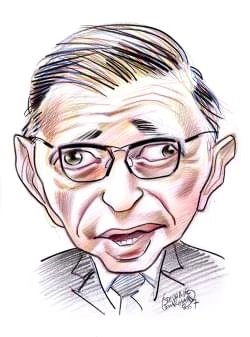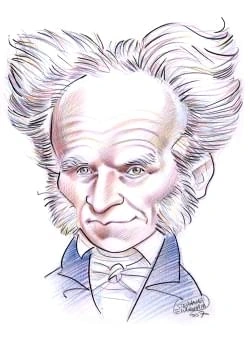6 résultats pour "heian"
- Heian, période de
-
Japanese Literature
I
INTRODUCTION
Japanese Literature, literature of Japan, in written form from at least the 8th century
AD
to the present.
The Man’yō’sh ū contains about 4,500 poems, most of them composed in the Nara period (710-784). Some of the poems are far older, however, and some of the verses date to earlier collections that have not survived. The work demonstrates a gradual change from basic verses on simple subjects to more sophisticated expressions with a broad range of subject matter. This text also shows the development of poetic forms such as the tanka (short poem), a form structured around alternating lines of 5 an...
- ÉPOQUE HEIAN : Histoires du Mont Shigi (analyse du tableau).
-
Les samouraïs : Une caste de guerriers soumis à un code d'honneur
LES SEPT SAMOURAIS (1154), ci'Aidra Kurosawa Sllldlllhl n Sll•urtl( film magnifique et attachanL retrace l'histoire de sept guerriers qui viennent en aide à de pauvres villageois harcelés, pillés, violés, massacrés par des bandits. Il se situe à la fin du XVI' siècle, époque où les samouraïs étaient sur le déclin, et met en scène de manière épique la renaissance de ces sept personnages par la mission que leur confient les paysans. Guerriers erran...
-
Japanese Art and Architecture
I
INTRODUCTION
Otani Oniji as Eitoku
Otani Oniji as Eitoku is one of a number of woodblock prints created by the artist T? sh ?sai Sharaku between 1794 and
1795 during the Edo period in Japan.
Jō mon PotteryJapan’s J ōmon people, who thrived from 10,000 to 300 bc, made distinctive pottery for boiling, steaming, and storing food.The pots were made with coils of clay and then decorated by rolling carved sticks, plant fibers, or braided cords over theouter surface. This cord-marked (j ōmon) pottery gave the culture its name.Scala/Art Resource, NY The first settlers of Japan, the J ōmon people (10,000?-300? BC), named for the cord markings that decorated the surfaces of their clay vessel...
-
Japan - country.
island’s fertile soils support agriculture and provide the vast majority of Japan’s pasturelands. In addition, Hokkaidō contains coal deposits, and the cold currents off itsshores supply cold-water fish. Winters are long and harsh, so most of Hokkaid ō is lightly settled, housing about 5 percent of Japan’s population on approximately 20 percent of its land area. However,its snowy winters and unspoiled natural beauty attract many skiers and tourists. Hokkaid ō is thought of as Japan’s northern fr...
}})
